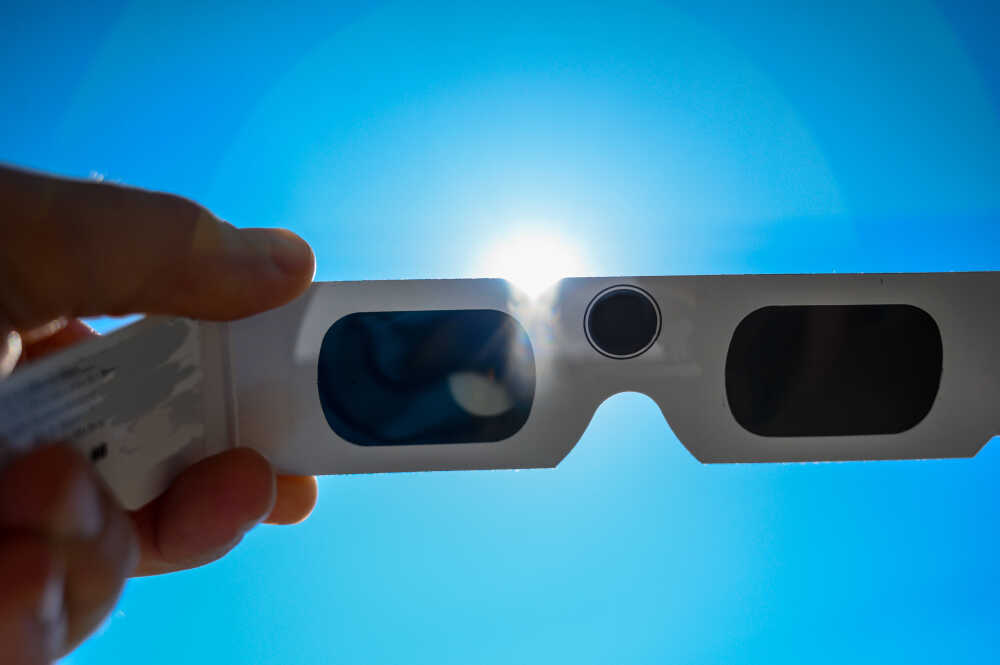Health Risks of the Eclipse

The only health risk to watching a solar eclipse involves the eye, and namely the retina, the inner most portion of the eye.
The Monday solar event is over, but some people might be experiencing some eye trouble.
Focusing on an object requires the macula, which is the central most portion of the retina, the area where the photoreceptors are packed the closest together for your best visual acuity.
Watching a solar eclipse without eye protection or with insufficient eye protection, for even as short a time duration as less than one minute, can result in irreversible and permanent loss of vision. This loss of vision is the result of ultraviolet wavelengths and to a slightly lesser degree infrared radiation.
This is because of the heat generated by the sun’s ultraviolet wavelengths and infrared radiation. It is this ultraviolet light and infrared radiation that can burn the macula resulting in permanent loss of the eye’s most critical central vision.
This damage is often referred to as retinal burn, solar burn, or solar retinopathy. There are no pain sensors in the retina, so the eclipse burn is painless. Full effects of the burn will not be manifested until 24-48 hours after the occurrence.
There is no treatment or cure. A macular burn will result in the loss of central, sharpest vision while peripheral vision is maintained. In other words, the eye can see blurry images in the periphery, but loss of central vision will reduce ability to read or recognize faces. The total solar eclipse will be beautiful and magnificent to view but carries extreme danger if the proper eye protection is not utilized.
